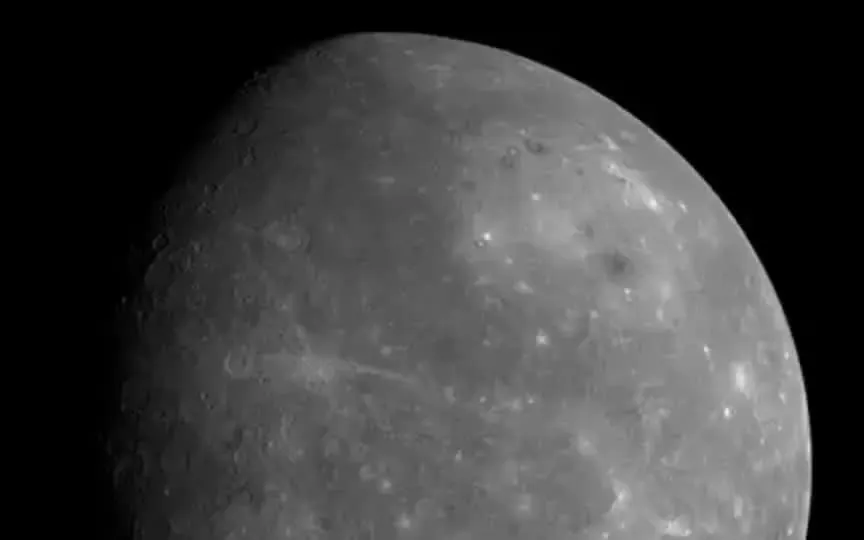NASA’s Messenger mission discovers ice on Mercury, revealing unexpected facts about the planet.
New findings from NASA’s MESSENGER mission have raised questions about what we thought we knew about Mercury, the tiniest planet in our solar system. Despite its close proximity to the Sun and blistering surface temperatures, recent radar images suggest that there may be ice near Mercury’s poles, challenging previous assumptions. This discovery is similar to what has been found on the Moon, shaking up our understanding of these celestial bodies.
Observations from the NASA MESSENGER mission
These surprising discoveries enabled ground-based studies using advanced tools such as the Arecibo radio telescope, the Goldstone antenna and the Very Large Array (VLA). Although not the most recent, these studies have laid the groundwork for understanding Mercury’s icy secrets. NASA’s MESSENGER mission, launched in 2004, played a key role in gathering important information about the planet. Using radar waves to probe Mercury’s surface, MESSENGER revealed anomalous reflection patterns mainly at the poles, hinting at ice deposits inside shadowy craters.
The presence of ice in Mercury is due to the shielding provided by these shadow regions, which protect the ice from direct sunlight and allow it to persist over cosmic time. Bright regions of the radar believed to contain ice are characterized by high reflectivity and depolarized features of water ice. These features, concentrated in crater-like formations near the poles, suggest the existence of permanently shaded regions that favor the preservation of ice.
NASA theorizes that the accumulation of ice on Mercury is likely due to meteorite impacts and the release of the planet’s gases, with the polar regions acting as cold traps. However, factors such as photodissociation and solar wind sputtering can affect ice longevity. To validate these discoveries, future space probes equipped with imaging and spectrometric instruments will be crucial. Missions like MESSENGER continue to provide important insights into Mercury’s polar regions, shed light on the presence and properties of ice deposits, and challenge our understanding of the innermost planet in the Solar System.




